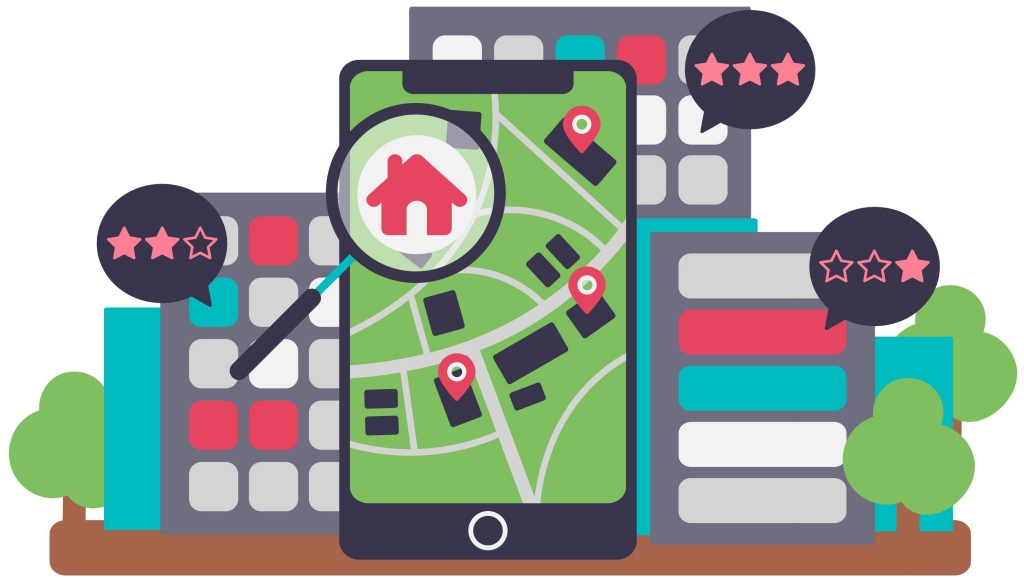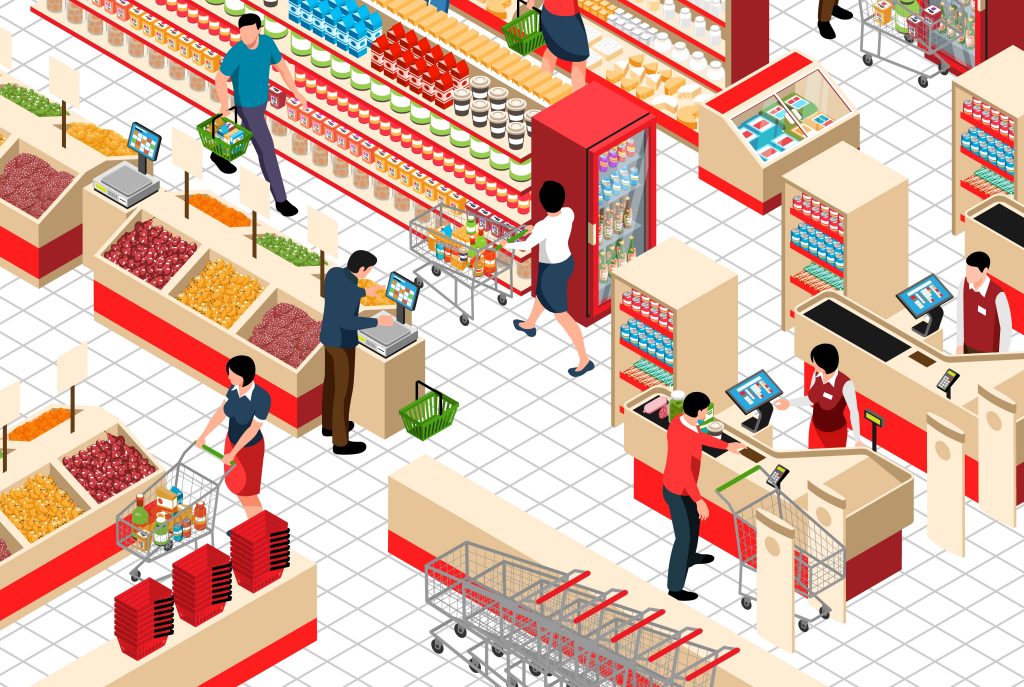XIMIVOGUE Tips on Starting A Grocery Store
Author: Celia| Keywords chosen by Celia
Groceries are a necessity, and even in a recession, stores that sell them maintain high sales levels.
Grocery stores are also one of the few business ideas that are low-risk and don't require a lot of startup capital. They are the main source of supply for every household need of consumers.
Are you ready to stock the shelves for your entrepreneurial dreams? Let's talk about the basics of starting a grocery store.
Steps to start a grocery store
If you want to open a grocery store but don't know where to start, here are some simple tips that will help you start your business.
1. Research the market
Knowing as much as possible about your target market is a key marketing strategy to maximize sales and profits.
First and foremost, do your research. The luxury of opening a grocery store is that you can appeal to any demographic or socio-economic demographic.
Don't forget your competitors. Learning from their strengths and weaknesses is the best way to understand your target customers and become a popular destination for locals.

2. Craft a business plan
Before you start your business, you need to create a business plan that will guide you in realizing your business opportunity.
To do this, you need to invest time in getting to know your customers by analyzing them and finding out their interests, size, and purchasing preferences. This analysis will help you choose the right people, places, and products to sell to, with pricing and sales strategies.

3. Comply with the legal requirements
If you are opening a grocery store, you will need to obtain various legal requirements and licenses to ensure compliance with local regulations.
Obtaining the correct license and permit documents will give your customers confidence in your business. You will need to comply with legal and regulatory requirements regarding consumer protection, food safety, business operations, and more.

4. Choose a good location
A good location is one where you will hear footsteps every day. So, always choose the best location for your business; one where the cost is minimal and all other aspects are optimal.
The location you choose should be one that has good connectivity with customers like a city center or a busy market, has ample parking, or is close to shopping centers, residential areas, etc. You can also consider and choose a location that does not have any grocery stores, your business will have a monopoly and will grow accordingly.

5. Design the store layout and product placement
It's important to ensure that the layout is visually appealing easy to use for customers, and convenient for staff in terms of placement and management.
For example, use eye-catching displays and signage to promote special items and offers to encourage impulse purchases. Consider placing high-margin items at eye level to increase visibility and sales. Plan ample space for shopping carts and baskets to easily accommodate large purchases.
Additionally, ensure a pleasant shopping experience by maintaining cleanliness, optimizing lighting, and providing good customer service.

6. Hiring and training employees
The key to a successful grocery store is to have a dedicated team that is committed to customer satisfaction, product quality, and efficient operations.
Depending on your needs, you may need employees for tasks such as processing financial transactions, maintaining store cleanliness, and organizing goods and equipment. Once you hire them, you need to train them thoroughly so they can perform well and maintain a positive attitude towards everyone.


 6 Christmas Pairs You will Keep Wearing Long After the Tree Comes Down
6 Christmas Pairs You will Keep Wearing Long After the Tree Comes Down
 Deck the Halls with XIMIVOGUE Merry Christmas Magic in 2025
Deck the Halls with XIMIVOGUE Merry Christmas Magic in 2025
 Meet the Charming Mr. Pa Pandas from XIMIVOGUE
Meet the Charming Mr. Pa Pandas from XIMIVOGUE
 XIMIVOGUE Lunch Boxes for Kids To Start A New Semester
XIMIVOGUE Lunch Boxes for Kids To Start A New Semester
 Stay Warm in Style with These Essential Cold Day Accessories
Stay Warm in Style with These Essential Cold Day Accessories




